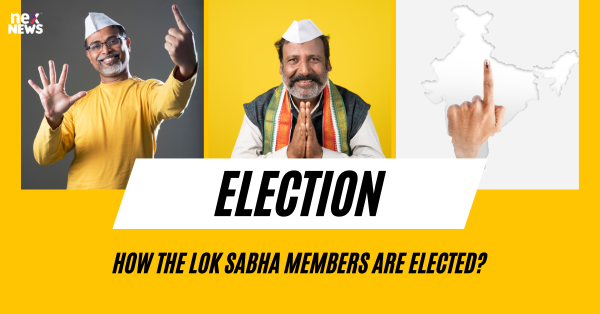Election Process in Lok Sabha
The Lok Sabha, also known as the House of the People, is the lower house of India's Parliament. The election process for Lok Sabha members follows a democratic system where citizens vote to elect their representatives. The Lok Sabha has a total of 545 members, with 543 members representing different constituencies across the country and 2 members nominated by the President to represent the Anglo-Indian community.
The election process in Lok Sabha occurs every five years, unless dissolved earlier. The elections are conducted by the Election Commission of India, an autonomous body responsible for overseeing the entire electoral process. The process involves various stages, including nomination, campaigning, voting, and counting of votes. Candidates contesting in Lok Sabha elections must adhere to the rules and regulations set by the Election Commission to ensure a free and fair electoral process.
Qualifications to Become a Lok Sabha Member
To qualify as a member of the Lok Sabha, an individual must be a citizen of India. Additionally, the candidate must be at least 25 years old to be considered eligible for nomination or election. These age and citizenship requirements are outlined in the Indian Constitution to ensure that only those who meet the criteria can represent the people in the Lok Sabha.
Furthermore, a candidate must not hold any office of profit under the Government of India or the government of any state. This is to prevent conflicts of interest and ensure that elected members can dedicate their full attention to serving the people without any conflicting obligations. These qualifications aim to uphold the integrity of the Lok Sabha and ensure that its members are dedicated and eligible to represent the diverse interests of the Indian population.
Nomination Process for Lok Sabha Elections
The nomination process for Lok Sabha elections is a crucial step in the democratic framework of India. To be nominated as a candidate for the Lok Sabha, one must fulfill certain eligibility criteria specified in the Representation of the People Act, 1951. These criteria include being a citizen of India, not being declared of unsound mind, not being an undischarged insolvent, and not holding any office of profit under the government.
Additionally, candidates must be at least 25 years of age to contest for a seat in the Lok Sabha. The nomination process requires candidates to submit a set of documents, including a filled-in nomination form, a sworn affidavit affirming their eligibility, and a deposit fee. These documents must be filed within the stipulated time frame, failing which the nomination is deemed invalid. The nomination process ensures that individuals seeking to represent their constituency in the Lok Sabha meet the necessary requirements as per the law.
Campaigning Strategies for Lok Sabha Elections
Effective campaigning strategies play a crucial role in determining the success of candidates in Lok Sabha elections. One common strategy employed by candidates is to connect with voters on a personal level through public rallies and speeches. These interactions allow candidates to communicate their policies and agendas directly to the electorate, helping to establish a rapport with potential voters.
In addition to traditional methods of campaigning, candidates also utilize social media platforms to reach a wider audience and engage with voters online. By leveraging the power of social media, candidates can tailor their messages to specific demographic groups and respond to feedback in real time, creating a more dynamic and interactive campaign experience. Utilizing both traditional and digital campaigning methods can help candidates maximize their visibility and appeal to voters in the Lok Sabha elections.
Voting Procedure for Lok Sabha Elections
On the day of Lok Sabha elections, registered voters across India head to their designated polling stations to cast their votes. Upon arrival, voters must show a valid identification card to verify their identity before being allowed to enter the voting area. Once inside, voters are handed a ballot paper with the names and symbols of the candidates contesting in their constituency.
The voter then enters a private voting booth to mark their choice by placing a stamp next to the candidate of their preference. After making their selection, the voter folds the ballot paper and drops it into a secure ballot box. The entire voting process is conducted under the supervision of election officials to ensure fairness and transparency.
